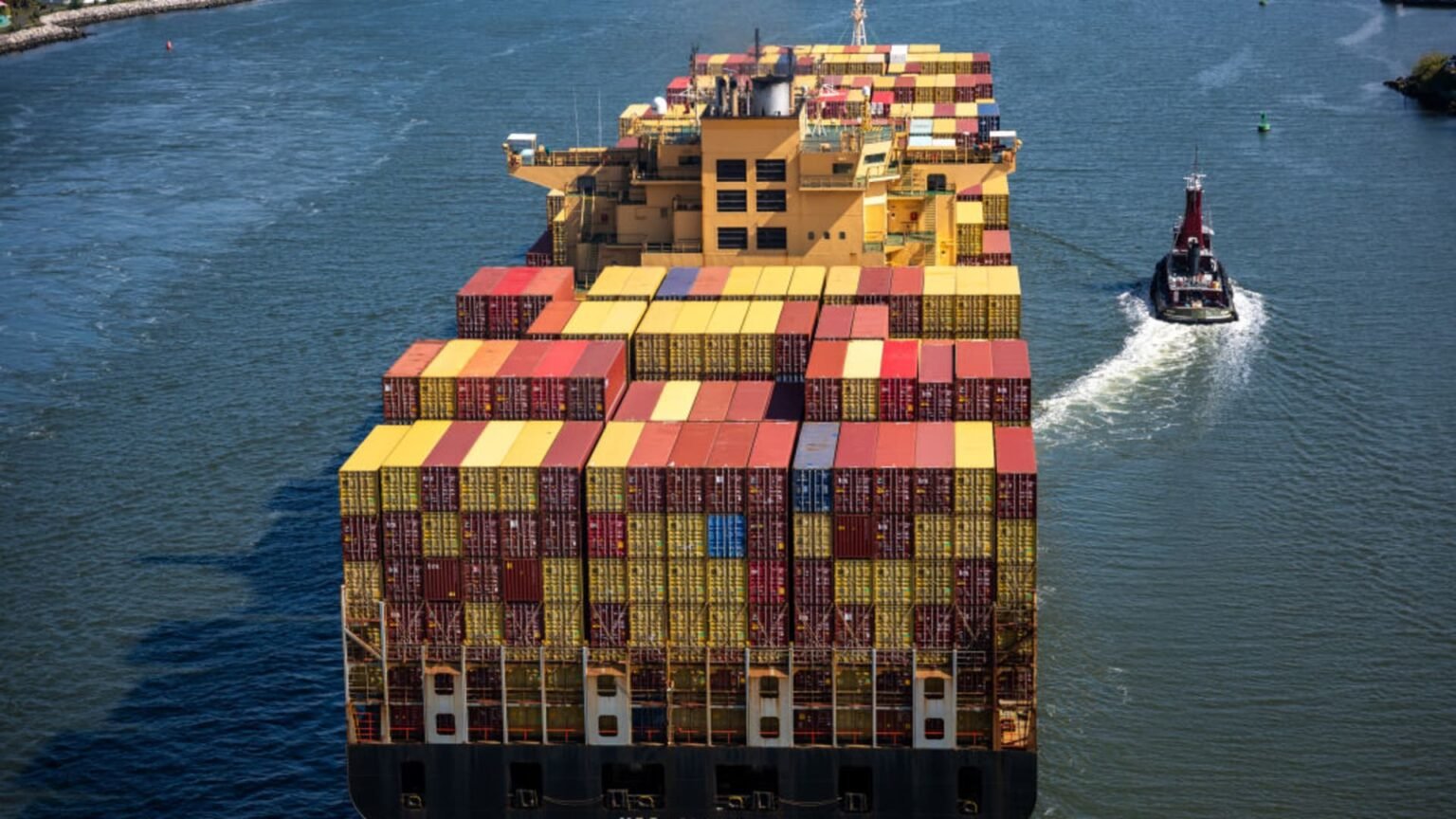The East and Gulf coast ports strike has entered its third day, causing thousands of containers to be misplaced and billions of dollars worth of trade to be delayed. Ocean carriers are implementing surcharges for clients due to the chaos, and the need to divert cargo is driving up supply chain costs. Negotiations between the International Longshoremen’s Association and the United States Maritime Alliance are on hold, despite efforts by the Biden administration to bring the parties back to the bargaining table.
In an effort to unload containers for clients quickly, ocean carriers have been moving containers to alternative ports, causing confusion for shippers. Containers that were meant for the Port of Savannah were diverted to the Port of Norfolk, leading to increased transportation costs due to the longer distance to the alternative port. Exclusive data from Vizion and Everstream Analytics show that vessels have switched destinations from U.S. East Coast ports to alternative locations, further complicating the situation.
Diversions are causing a significant impact on shipping costs and logistics. The building chaos is raising concerns about the food supply and increased grocery costs, as fresh produce and perishable foods are affected by the strike. Medical supplies are also a top concern, with supplies stuck on ships awaiting unloading by striking dockworkers. Companies such as Walmart, Amazon, and Home Depot have containers stuck in floating storage, leading to challenges in securing containers and increased logistics costs.
The strike is severely impacting the U.S. economy, with daily losses of at least $500 million rising to $2 billion per day if the strike persists. The longer the disruption lasts, the more difficult it will be for businesses to keep up with market demands. Ocean carriers are placing surcharges on containers, potentially costing shippers millions of dollars in penalties. The closure of ports is leading to congestion, causing massive delays in unloading vessels and transporting containers.
Despite the strike, ships continue to arrive at the East Coast and Gulf Coast ports, adding to the backlog of containers waiting to be processed. It typically takes one week for every day a port is closed to clear up congestion, and it is estimated that it will take three weeks to clear out the backlog of trade waiting offshore. The uncertainty surrounding the strike is causing companies to struggle with absorbing new costs and bracing for further delays and price increases in the future.











